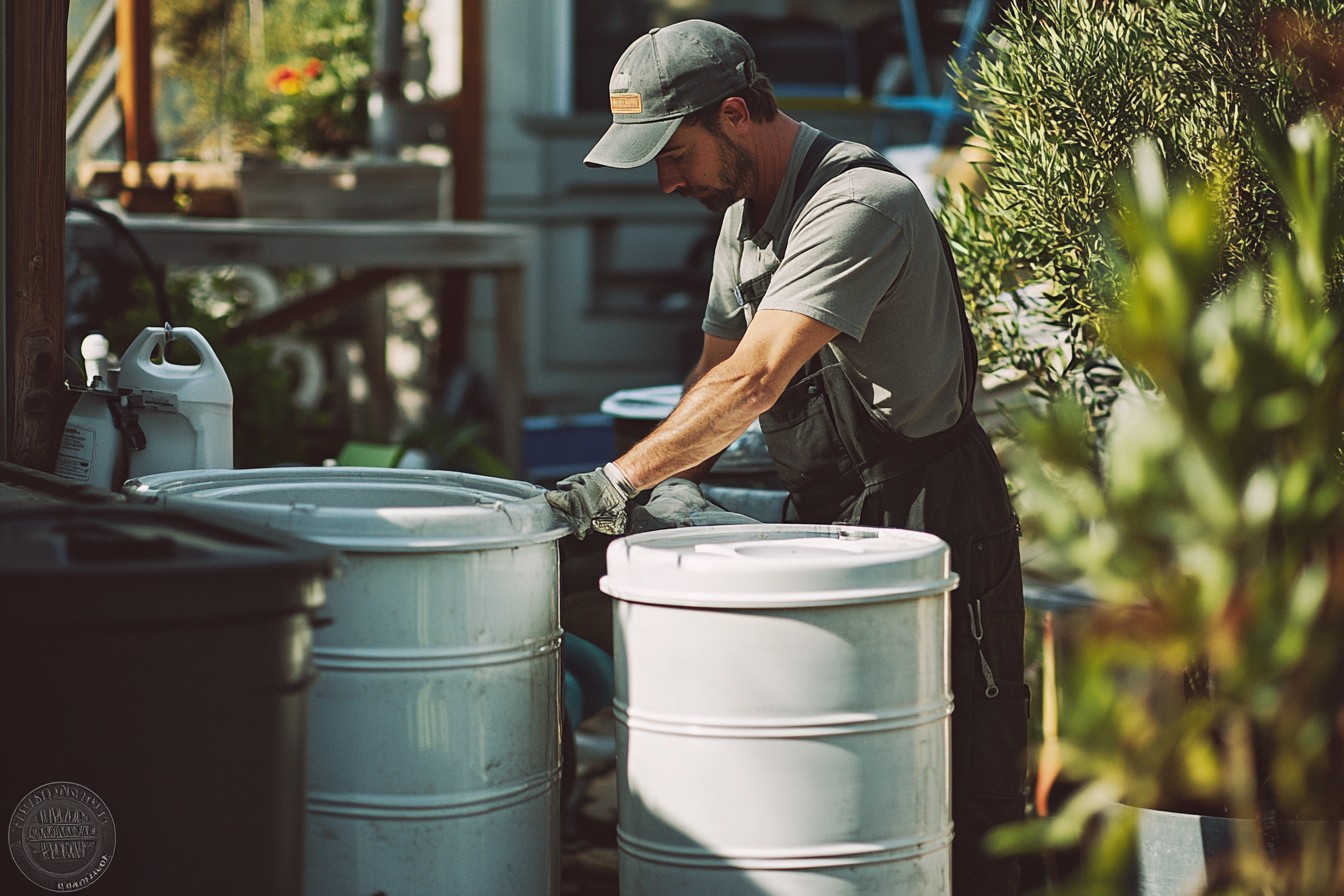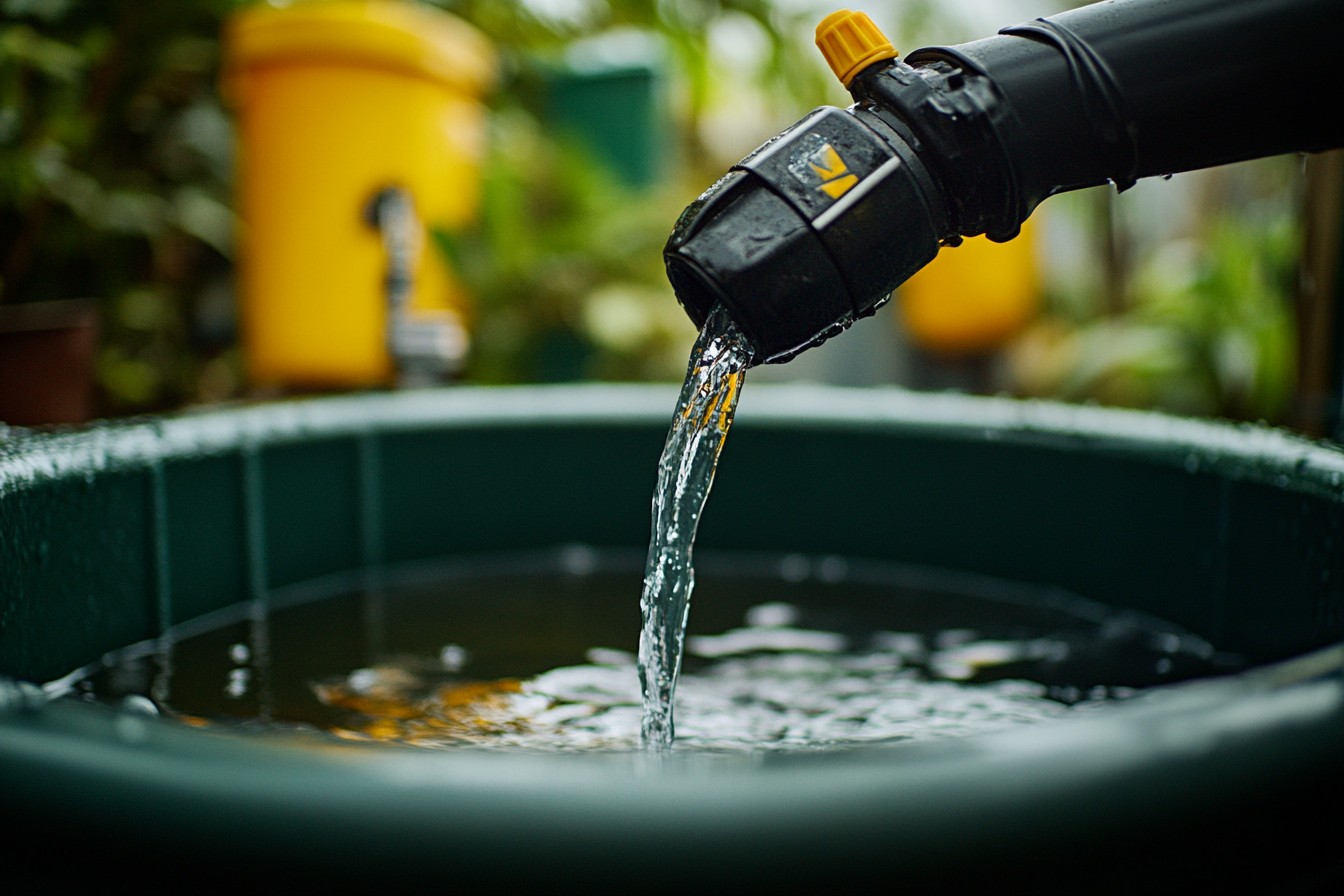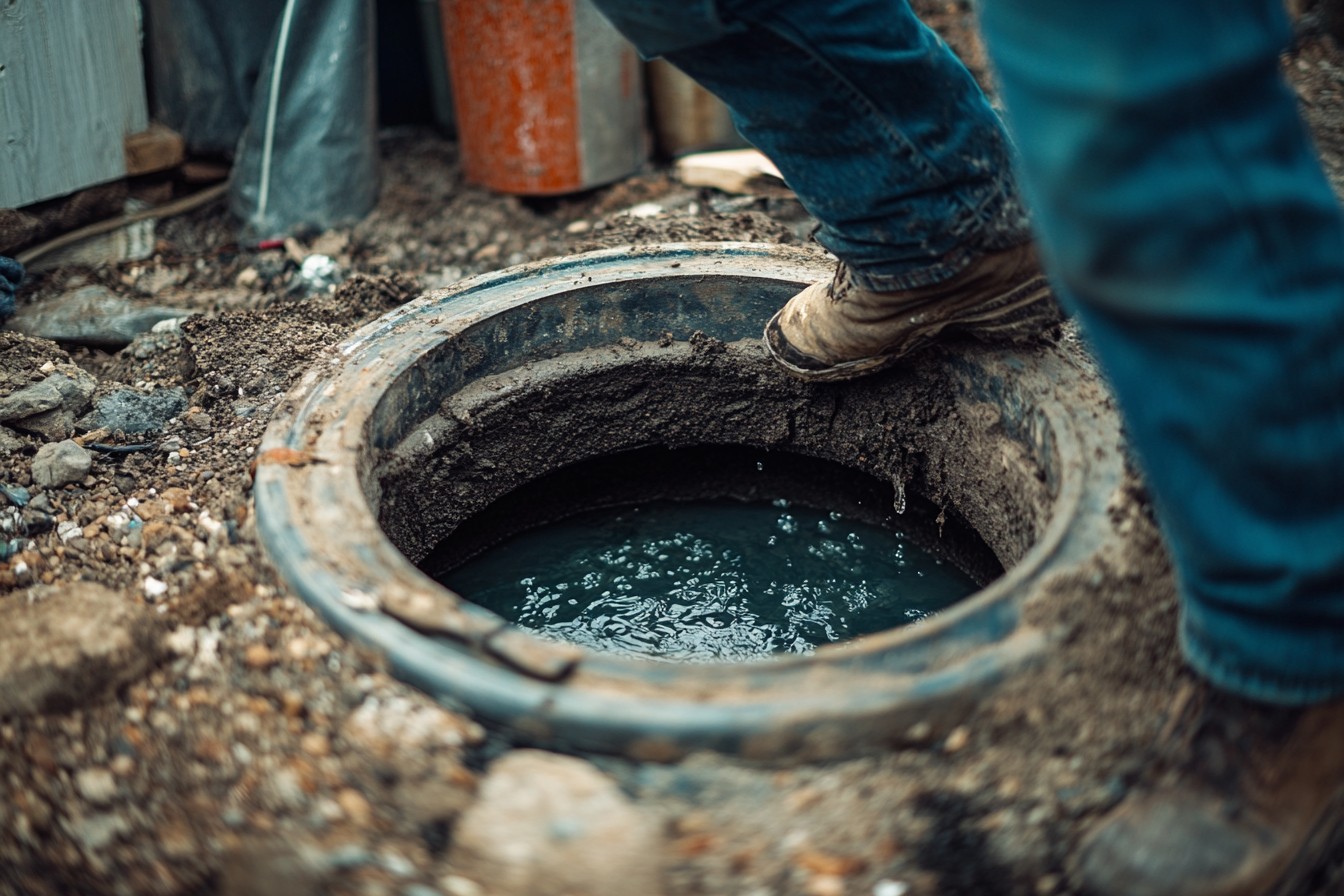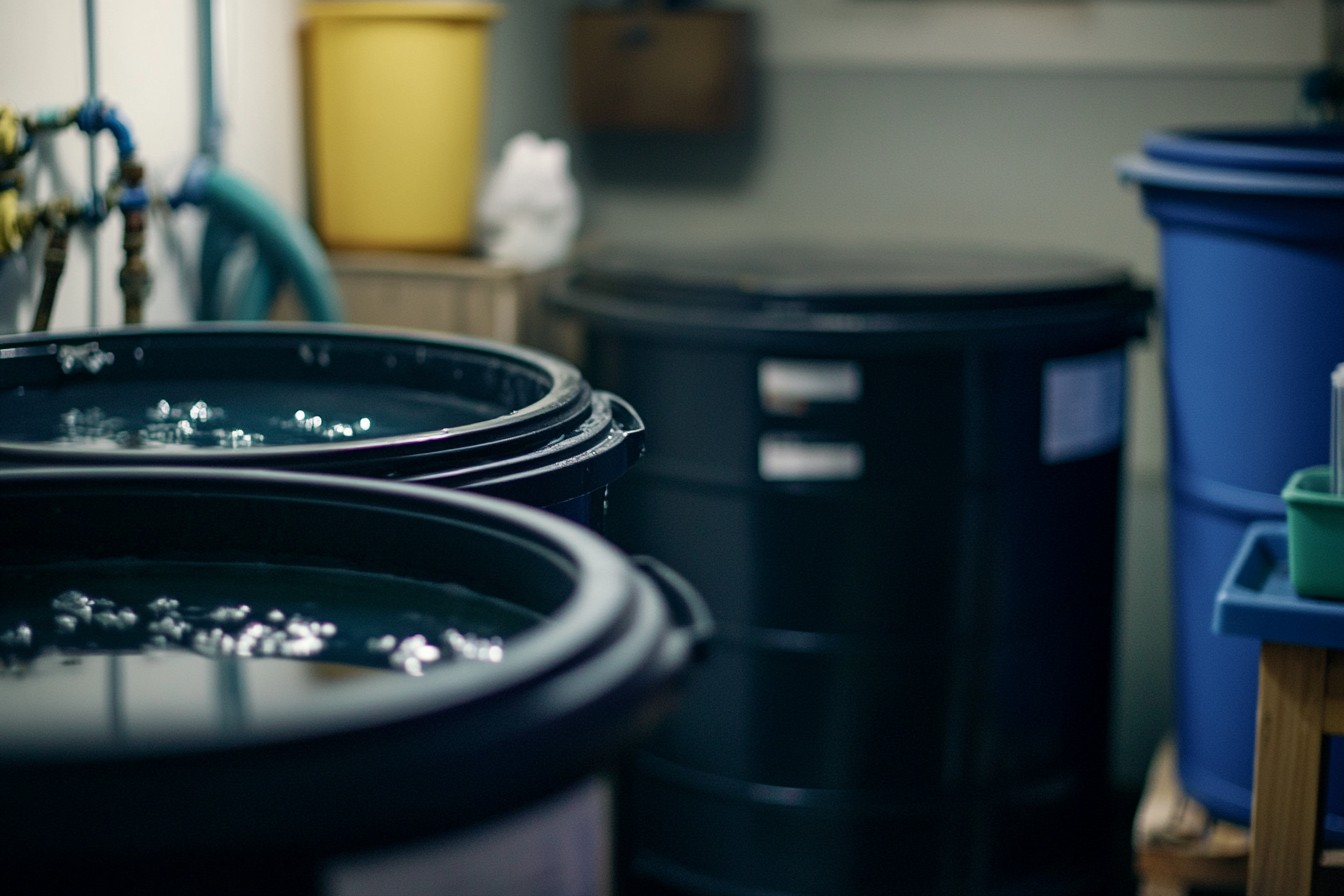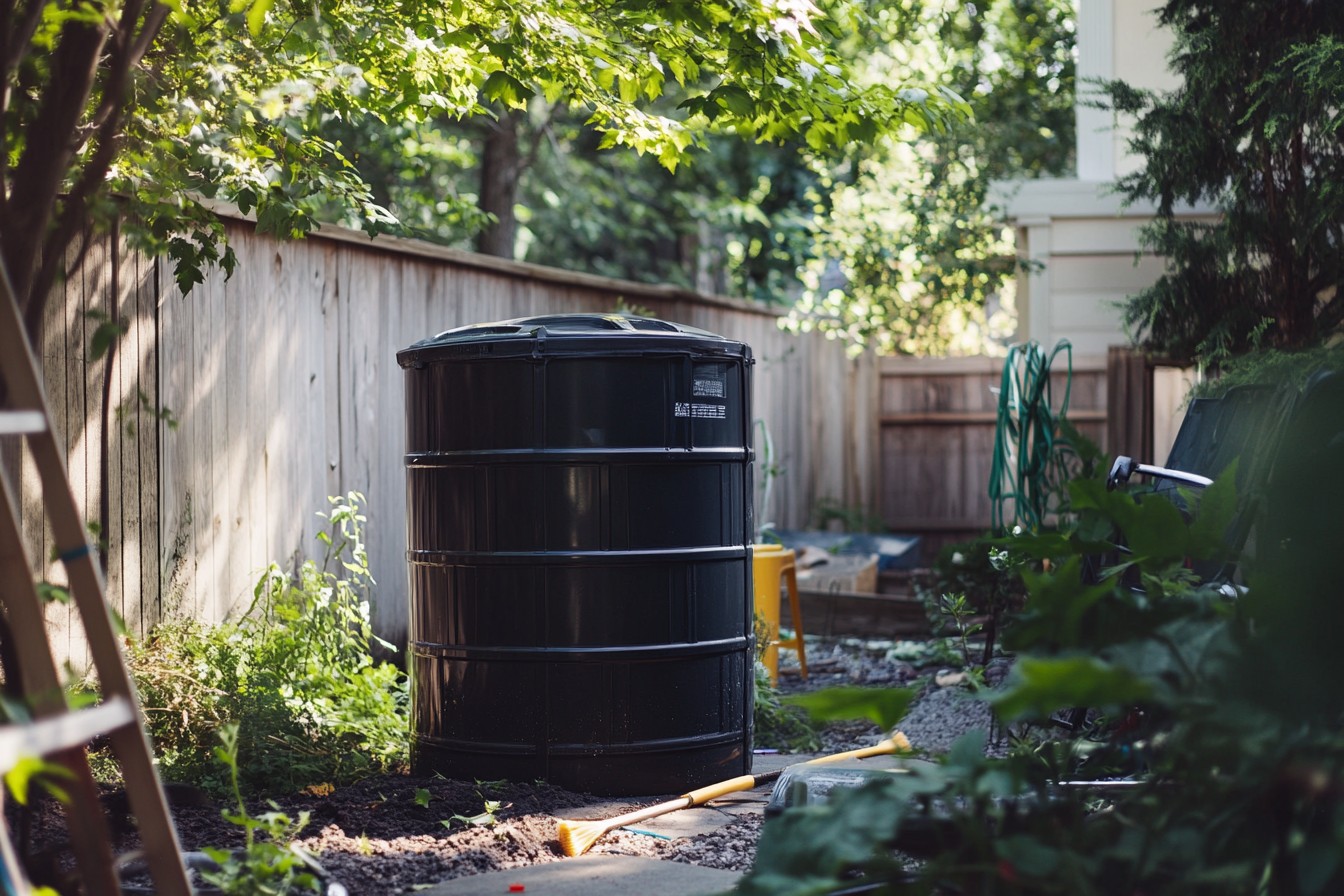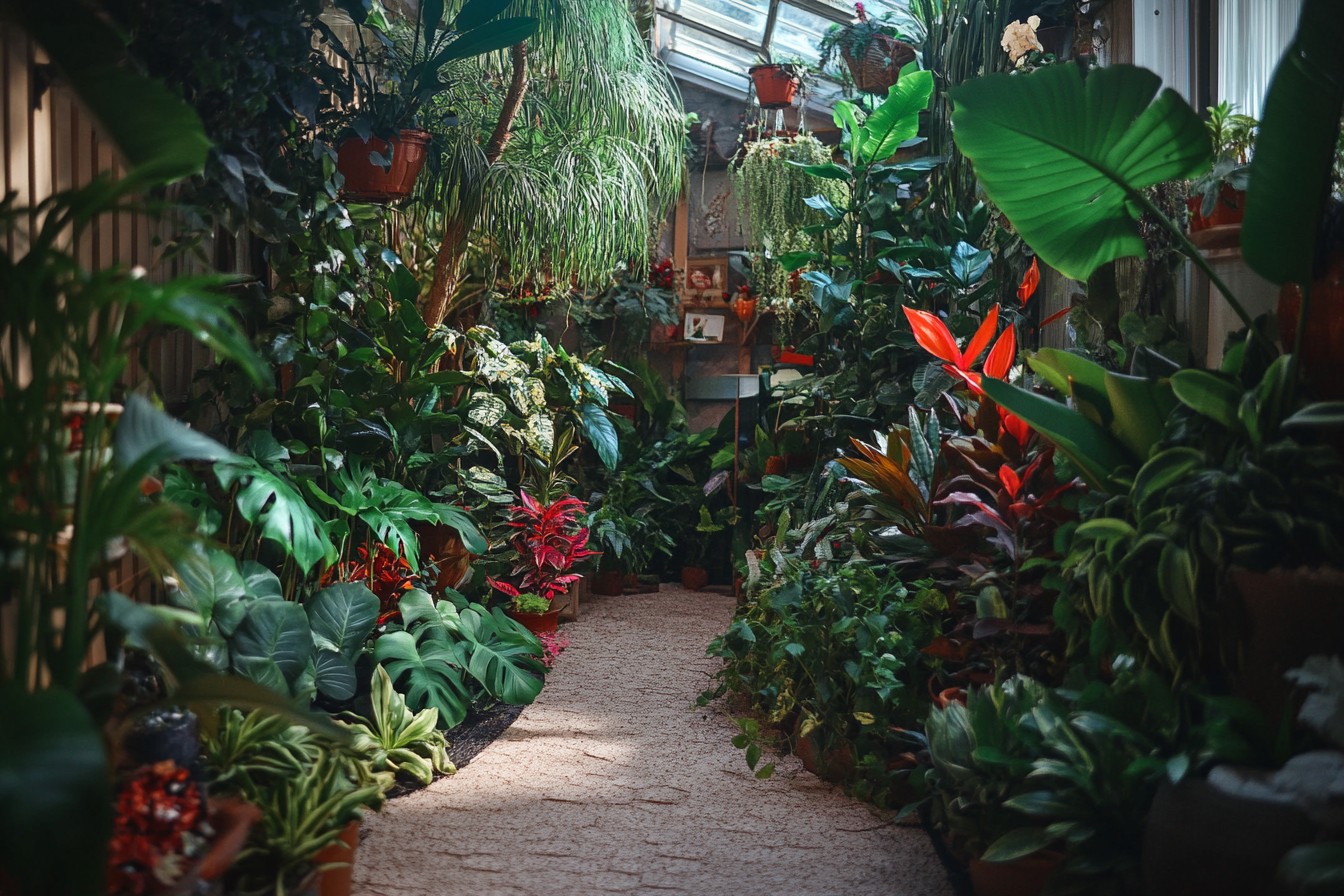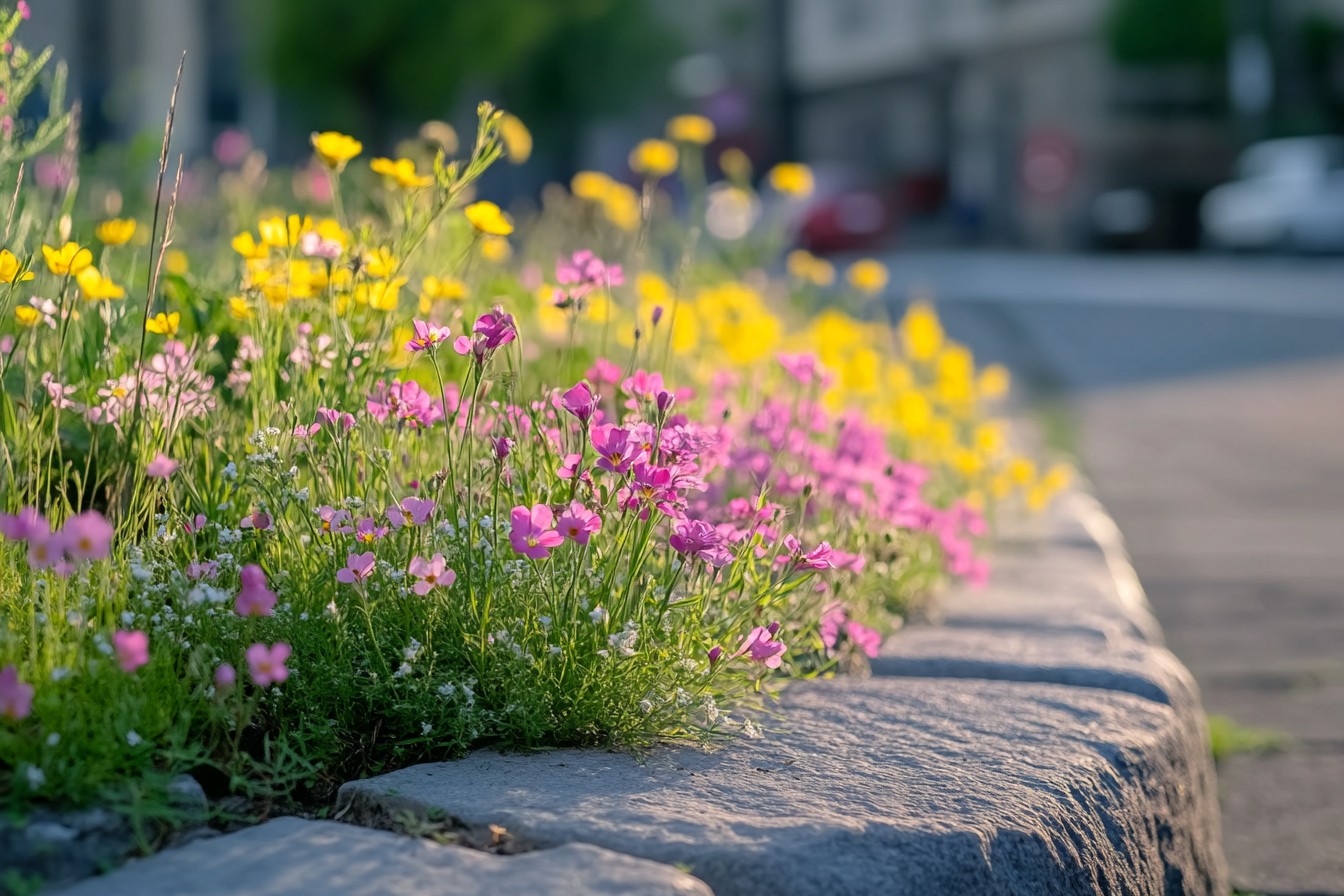Here’s how it started: I was doing laundry one Sunday afternoon, watching thirty-something gallons of perfectly usable water disappear down the drain while simultaneously looking out my window at my tomato plants wilting in the July heat. The cognitive dissonance hit me like a soggy sock to the face. Why the hell was I paying for water twice—once to wash my clothes and again to water my garden?
It made absolutely no sense. And just like that, with the spin cycle humming in the background, my laundry drum greywater obsession was born. Now, I should mention that my first attempt at laundry water recycling was…
let’s charitably call it “direct and flawed.” I literally disconnected my washing machine drain hose, stuck it out my back door, and let it empty directly onto my sad tomatoes. The plants perked up almost immediately—turns out they weren’t picky about drinking slightly soapy water—but my back porch turned into a swampy mess, my downstairs neighbor reported “mysterious water stains” on her patio, and I got a fascinating crash course in how quickly standing water can transform into a mosquito breeding metropolis. Not my finest moment.
After that disaster, I actually did what I should have done from the start—research. Turns out, greywater systems are a whole thing with actual engineering principles, not just “point hose at plants and hope for the best.” Who knew? (Literally everyone but me, apparently.)
The surge tank became the centerpiece of my system design.
After watching roughly 47 YouTube videos and reading every greywater blog I could find, I settled on a 55-gallon plastic drum I found on Craigslist for $28. The guy who sold it to me had used it to collect rainwater, and he looked genuinely concerned when I told him my plans. “You sure your landlord’s okay with this?” he asked.
I assured him that Terry, my landlord, had given his blessing, which was partially true. What Terry had actually said was, “As long as it doesn’t destroy the building or attract rats, I don’t want to know about it.” Close enough. The drum placement was my first major challenge.
The physics were simple but annoying: water flows downhill, and my washing machine was already in the basement of my building. This meant I needed to position the drum higher than my eventual garden distribution points but lower than the washing machine outlet. After some creative measuring and one minor incident involving a dropped tape measure and a startled cat, I settled on placing the drum just outside my back door on a platform I built from cinder blocks and an old wood pallet.
Not pretty, but functional. Connecting the washing machine to the drum meant cutting into the existing drain pipe—a moment of home improvement terror I still have nightmares about. There I was, standing in my utility room with a hacksaw, about to cut into plumbing that I did not install, did not fully understand, and definitely did not own.
I called my dad for moral support. “You’re doing what now?” he asked, that familiar tone of bemused concern in his voice. I explained my grand vision.
“Have you checked local codes?” he asked. “…Yes?” I lied, making a mental note to Google “greywater system legal Chicago apartment” immediately after hanging up. The pipe cutting went surprisingly well.
I installed a diverter valve that would let me switch between sending water to the sewer system (for hot water washes or when I used bleach) and sending it to my greywater tank. Total cost for this piece: $34.97, plus about three years off my life in stress. The overflow management was the next crucial piece.
My washing machine dumps about 40 gallons per cycle, but I don’t always need 40 gallons of water in my garden on laundry day. The solution was an overflow pipe near the top of the drum that would direct excess water back to the original drain. This prevented my surge tank from becoming Old Faithful every time I washed my jeans.
I installed a clear sight tube along the outside of the drum marked with gallon measurements—not because I really needed such precision, but because it looked science-y and made me feel like I knew what I was doing. Lint filtration turned out to be way more important than I’d initially considered. My first water distribution revealed an uncomfortable truth: washing machine lint is basically confetti made of your clothing’s slow death, and plants don’t appreciate being decorated with it.
After my initial distribution left my poor cucumber plants looking like they’d been through a ticker-tape parade, I added a multi-stage filtration system. The first filter was simple—an old mesh laundry bag wrapped around the input pipe, catching the big stuff. This needed cleaning after every load, a fact I learned the hard way when I forgot about it for a week and created what can only be described as a “lint popsicle” that required garden shears to remove.
For finer filtration, I built what I now call the “lint lasagna”—alternating layers of pea gravel, sand, and activated charcoal in a 5-gallon bucket that the water flows through before entering the main tank. This catches the smaller particles and helps neutralize some of the soap chemicals. Cost: $27.36 for materials, plus the ongoing confusion of my roommate who couldn’t figure out why I was rinsing gravel in our bathtub.
(“It’s for science, Karen. SCIENCE.”)
Distribution timing became my next obsession. Greywater shouldn’t sit around for more than 24 hours—it gets stinky and builds up bacteria that neither you nor your plants want anything to do with.
But I don’t always need garden water the same day I do laundry. The solution was a timer-controlled release system that would automatically empty the tank every morning at 6 AM if I hadn’t manually emptied it the previous day. This involved a solenoid valve I bought online for $22.50 and some creative wiring that I’m reasonably sure won’t burn down my building.
The actual distribution to my garden happens through a network of 1-inch PVC pipes with drilled holes that I buried just beneath the mulch layer in my garden beds. The water is released directly to the soil rather than sprayed on the plants—an important distinction both for plant health and for not creating a soapy film on my tomatoes. I divided my garden into three zones, each with its own control valve, so I can direct the water where it’s needed most depending on what’s growing and the season.
Landscaping integration was my final challenge. While I’m personally quite proud of my Mad Max-meets-amateur-plumber aesthetic, my neighbors might not share my enthusiasm for visible PVC pipes and random water tanks. I built a simple wooden screen around the surge tank, painted it a deliberately non-attention-grabbing green, and planted some climbing jasmine around it.
From a distance, it now looks intentional rather than apocalyptic. The soap question is one I get a lot from people who see my setup. “Isn’t laundry detergent bad for plants?” The answer is: it depends.
I switched to a plant-friendly, biodegradable laundry soap with low sodium levels. I avoid using chlorine bleach or borax on loads that will go to the garden, and I’m careful about which garden areas get the water—no edible root crops or acid-loving plants that might object to the slightly alkaline nature of the water. The system’s been running for about two years now, and the results have been pretty remarkable.
My water bills have dropped by about $14-17 per month, which doesn’t sound like much until you realize that’s nearly $200 a year for virtually no ongoing maintenance costs. My vegetable garden production has increased—I harvested 84 pounds of tomatoes last season compared to 62 pounds the year before. And there’s a certain smug satisfaction in knowing I’m reusing water that would otherwise literally go down the drain.
There have been hiccups, of course. Like the Great Laundry Flood of 2022, when a clogged distribution pipe sent water backing up into the surge tank and over the emergency overflow faster than it could drain, creating what my downstairs neighbor described as “Niagara Falls, but smaller and soapier.” Or the time I accidentally used regular detergent with fabric softener, creating a garden bed of sudsy, sweet-smelling soil that attracted every bee in a three-block radius. (Actually, the bees loved it, so maybe that was a win?)
The winter freeze issue was something I hadn’t fully considered until our first cold snap hit and I found myself frantically draining pipes at 11 PM in 20-degree weather.
Now I have a seasonal protocol—the whole system gets drained and bypassed from December through February, with the washing machine returning to its original drain. Chicago winters and exposed water pipes are not compatible roommates. If you’re considering building your own laundry drum system, I’d offer a few pieces of hard-won advice:
Start by checking your local codes.
Turns out, Chicago has specific regulations about greywater systems that I definitely should have read before cutting into drain pipes. I got lucky—my system is technically compliant, but more by accident than design. Consider your soap carefully.
Some plants really, really don’t like certain detergent ingredients. My lavender plants threw an absolute fit the first time they got laundry water, dropping leaves in what I can only interpret as botanical protest. My fruit trees, on the other hand, seem to love it.
Build in redundancies for overflow and filtration. Things will clog, storms will come when your tank is full, and at some point, water will go where you don’t want it to. Plan for failure, and you’ll have fewer late-night emergencies involving wet socks and emergency plumbing repairs.
The total cost of my system was around $215, including the drum, pipes, filters, valves, and weatherproofing materials. The savings on my water bill mean it paid for itself in about 13 months, and that’s not counting the increased garden yield or the reduced guilt I feel about my environmental footprint. Is it perfect?
Absolutely not. The sight tube leaks slightly when it rains hard. The timer sometimes needs resetting after power outages.
And every few months, I have to take apart the distribution pipes and clear out accumulated gunk with a combination of vinegar, baking soda, and what my girlfriend calls my “pipe cleaning swear words.” But there’s something deeply satisfying about creating a functional system that turns waste into resource, even if it does occasionally result in soapy bees and confused neighbors. And when the summer water restrictions hit last July and everyone else’s gardens were browning while mine stayed lush and green? Let’s just say I’ve never felt so vindicated about a plumbing project in my life.


